What is Edge Computing?
The way data is handled, processed, and distributed from millions of devices worldwide is changing with the introduction of edge computing. Edge computing systems are being driven by the increasing proliferation of internet-connected embedded devices and new applications that require real-time computation.

Organizations can receive near real-time insights with even less latency and reduced cloud server bandwidth requirements courtesy of decentralized IT architecture enabled by mobile computing and the Internet of Things (IoT), all the while providing an additional level of security for critical data.
Deep Dive with Edge Computing
At its most fundamental level, Edge computing brings computation and data storage closer to the edge devices that collect it, rather than relying on a central site thousands of kilometers away. This is implemented to maintain the real-time data and is not subjected to latency concerns that can affect an application's performance. Additionally, processing the data locally helps save money by reducing the amount of data that must be processed centrally or perhaps in the cloud.

A distributed computing solution that brings data sources such as IoT devices and local edge servers nearer to business applications is edge computing. This tight closeness to data at its source can provide significant business benefits, such as faster insights, faster response times, and even more bandwidth availability.
Why edge computing over other computing models?
The original computers were big, cumbersome machines that could only be accessed directly or through terminals that were essentially computer extensions. Computing might become considerably more widespread, thanks to the advent of desktop computers. Personal computing was once the most popular computing model. Software applications were run, and data was saved locally on a user's device, or in some situations, in an on-premise data center.
Cloud computing, which is a relatively recent invention, has a variety of advantages over on-premise computing. Cloud services are consolidated in a vendor-managed "cloud" (or set of data centers) and accessible via the Internet from any device. But the advantages edge computing brings are far better than cloud data processing.
Why the need for edge computing?
The promise of cloud and AI in the past was to automate and speed up innovation by generating actionable insight from data. However, network and infrastructure capacities have been overtaken by the extraordinary amount and complexity of data generated by connected devices.

(Image Credit: the sociable)
Routing all of that data to a centralized data center or the cloud generates bandwidth and latency problems. Edge computing is a more efficient option since data is processed and analyzed closer to the point of origin. Latency is considerably decreased because data does not have to travel over a network to a cloud or data center to be processed. Edge computing, particularly on 5G networks, provides faster and more thorough data processing, allowing for deeper insights, faster response times, and better consumer experiences.
Edge computing enables you to realize the full potential of the massive amounts of untapped data generated by connected devices. You can discover new business opportunities, improve operational efficiency, and provide your consumers with faster, more dependable, and consistent experiences. By evaluating data locally, the best edge computing models can help you improve performance. Edge computing done right can keep workloads up to date according to preset policies, help protect privacy, and comply with data residency laws and regulations.
Edge computing in association with 5G
The rapid growth of IoT devices and their expanding computational capacity have resulted in massive amounts of data. And as the fifth-generation networks expand the number of linked mobile devices, data volumes will continue to rise.
Carriers all around the world are introducing 5G wireless technologies, which promise tremendous bandwidth and low latency for apps, allowing businesses to scale their data capacity from a garden hose to a firehose. Many carriers are incorporating edge-computing strategies into their 5G deployments to provide faster real-time processing, particularly for mobile devices, connected cars, and self-driving cars.
Gartner's strategic roadmap for edge computing for 2021 emphasizes the industry's sustained interest in 5G for edge computing, claiming that edge computing has become an integral aspect of many 5G installations. Collaborations between cloud hyperscalers like Amazon and Microsoft and major wireless ISPs will be critical to achieving widespread adoption of this type of mobile-edge technology.
Use cases for edge computing
Manufacturers and heavy industry use edge hardware to provide delay-intolerant applications, keeping computing power near to where it's needed for things like automated coordination of heavy gear on a manufacturing floor. Companies can also use the edge to integrate IoT applications such as predictive maintenance close to the machines. In the meantime, agricultural customers can employ edge computing as a data collecting layer for data from a multitude of connected devices, such as soil and temperature sensors, combines and tractors, etc. Some of the most common scenarios incorporating edge computing are:
Autonomous Vehicles: When a pedestrian crosses in front of an autonomous vehicle (AV), the choice to stop must be made quickly. It is not fair to rely on a remote server to make this judgment. Vehicles that use edge technology can also interact more efficiently since they can speak with each other first, rather than sending data about accidents, weather conditions, traffic, or detours to a remote server. Hence, edge computing can be super beneficial in instances like this.
Advertising in the Retail Industry: Targeted marketing and information for retail businesses are dependent on essential factors specified on field devices, such as demographic data. Edge computing can assist in securing user privacy in this scenario. Rather than transmitting insecure data to the cloud, it can encrypt the data and maintain the source.
Devices for healthcare: Health monitors and other wearable healthcare equipment can help individuals keep track of their chronic diseases. It has the potential to save lives by immediately alerting caregivers when assistance is required. To assist safely, swiftly, and accurately, robots assisting in surgery must also be able to interpret data quickly. The consequences could be disastrous if these gadgets rely on relaying data to the cloud before making choices.
Solutions for Security: Security surveillance systems can benefit from edge computing technologies since they must respond to attacks in seconds. In real-time, security systems can detect possible dangers and notify users of unexpected activities. An IoT management element known as the Security Agent could be a potential solution for better securing IoT-generated data. This new element would manage the IoT device’s computation with routers and other near-edge equipment. It will simplify key management in addition to becoming more secure. The Security Agent box can run a large set of complex sensors. IoT applications will fail, according to the researchers, if the required authentication is not accomplished swiftly.




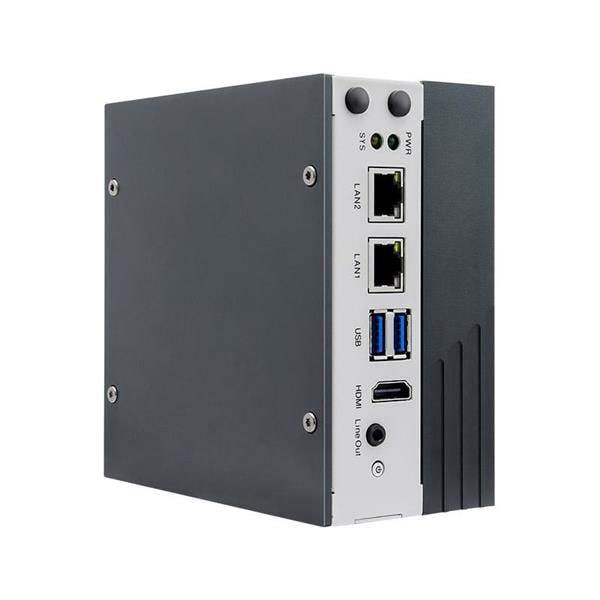

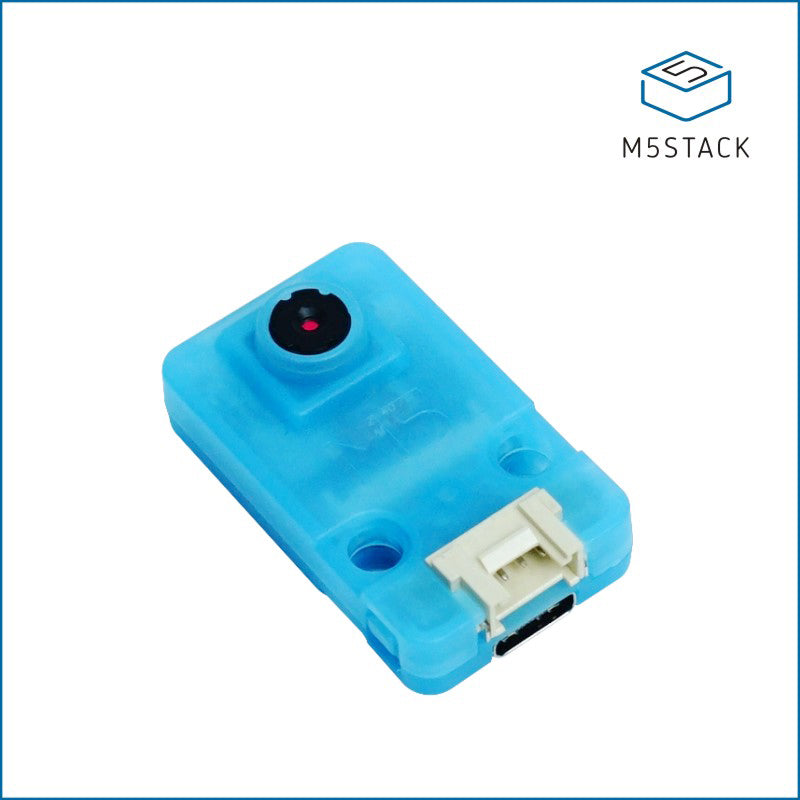
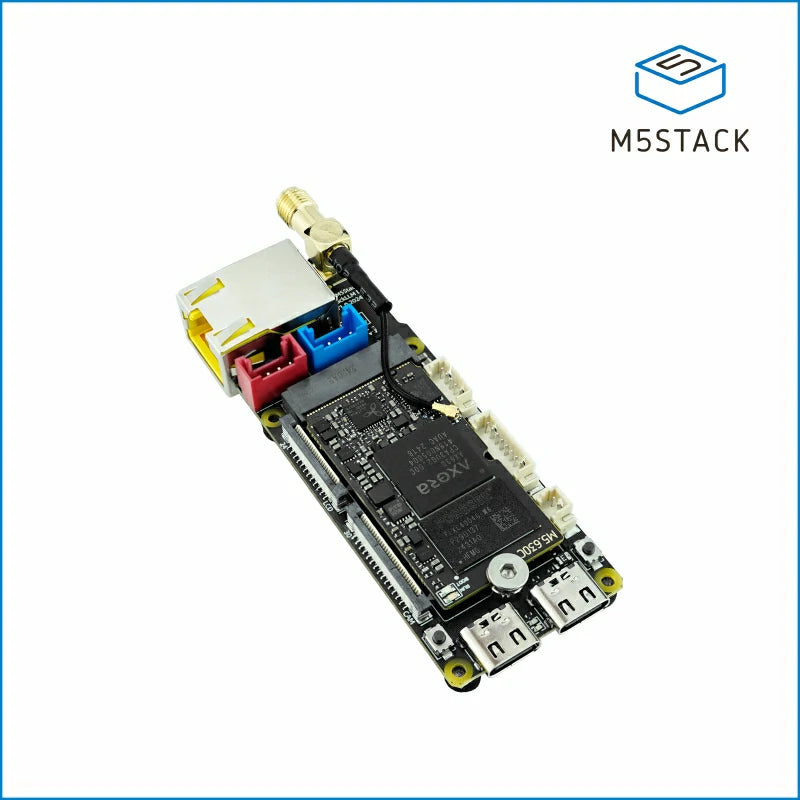
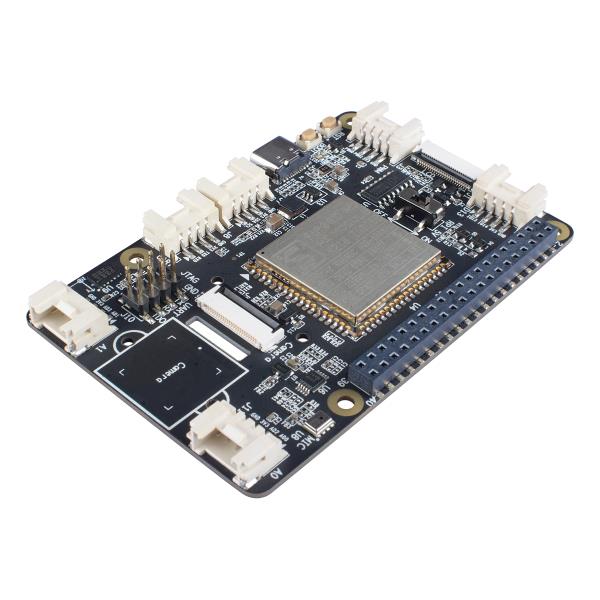
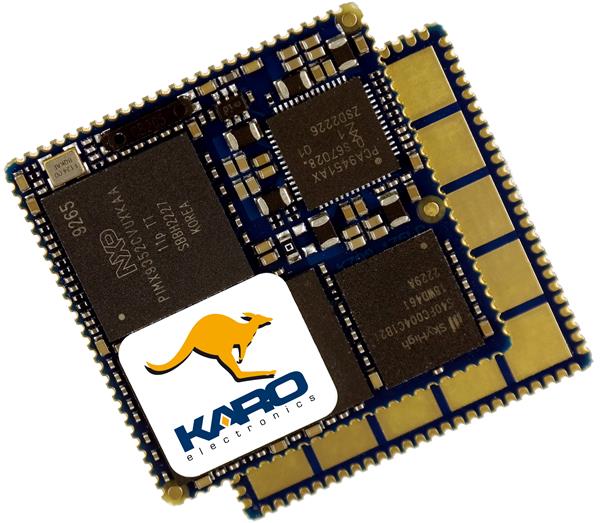

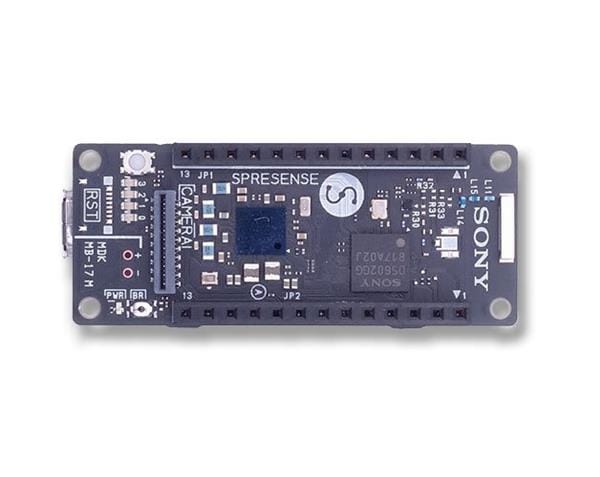
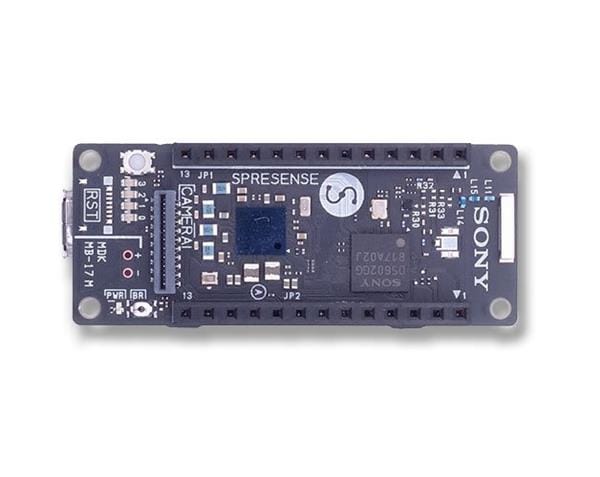

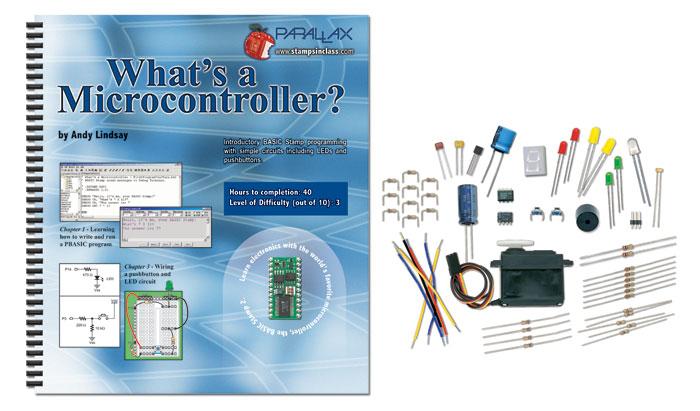
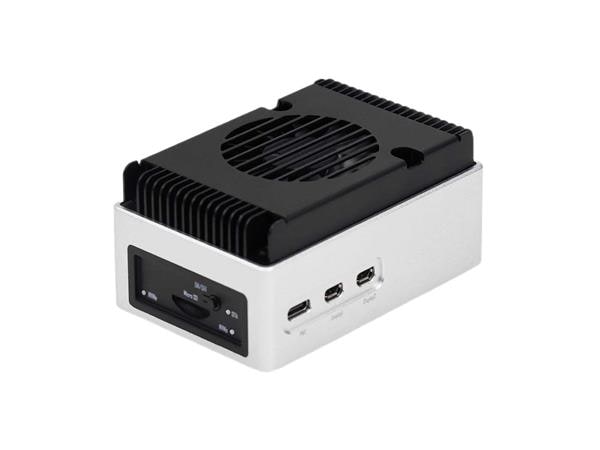
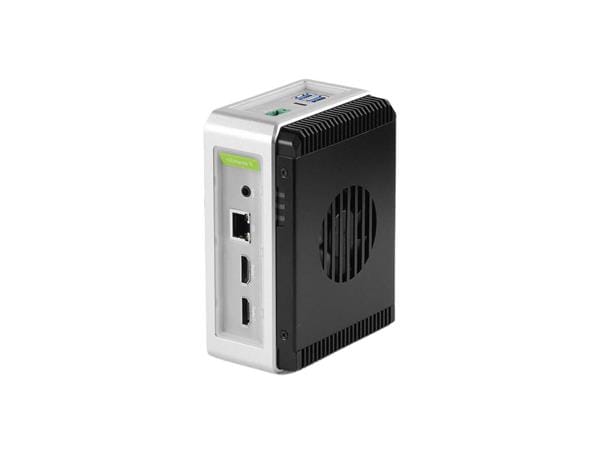
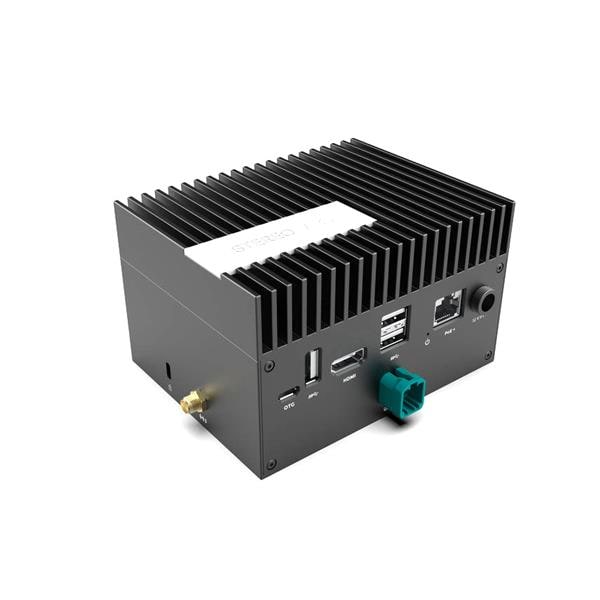

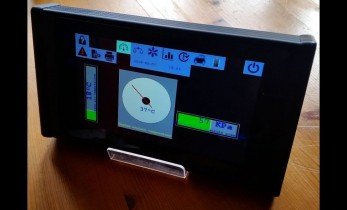
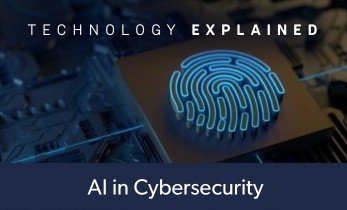


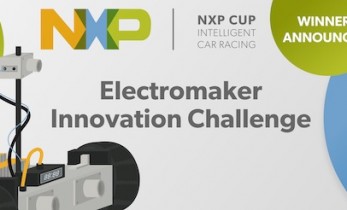
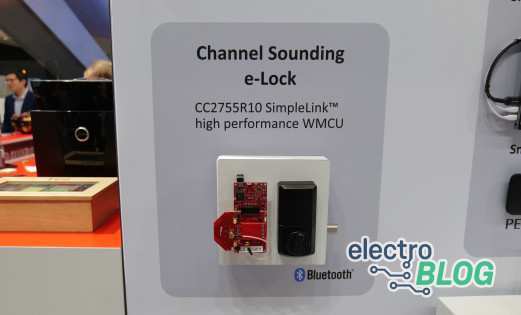
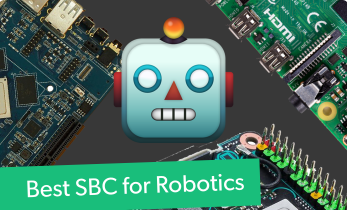

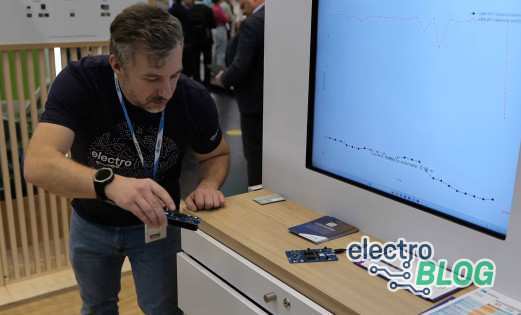


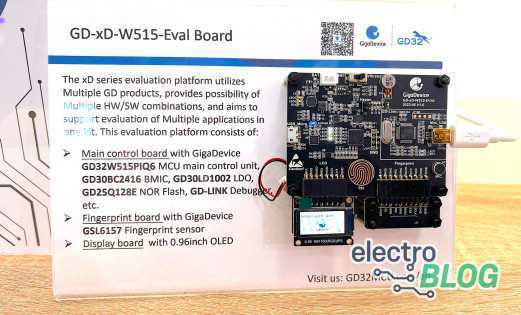

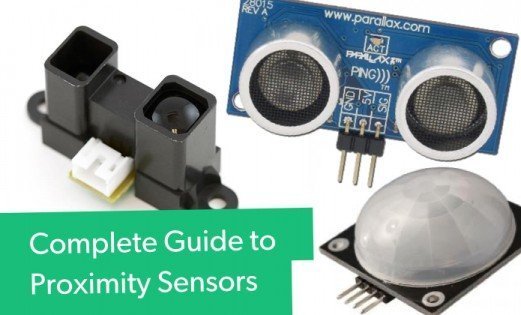
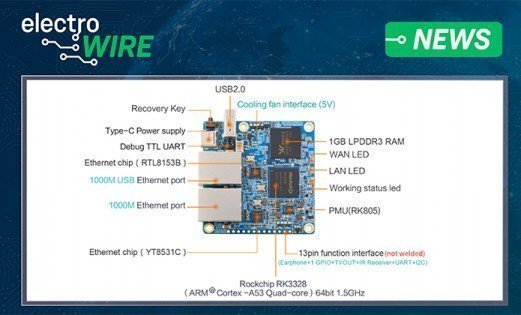

Leave your feedback...